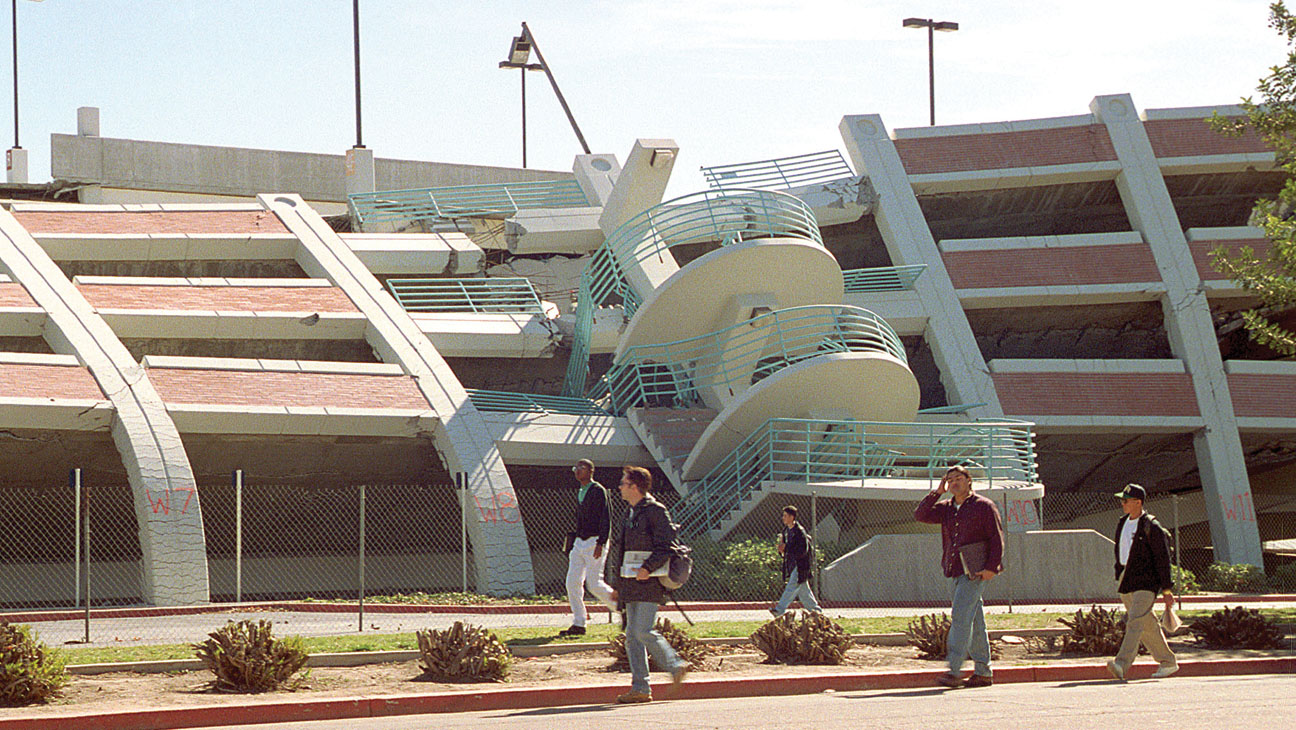
In a startling and unexpected natural disaster, an earthquake caused the sudden collapse of a major stadium, leaving a trail of devastation and sparking urgent rescue operations. The incident, which took place earlier today, has shocked residents and sports enthusiasts across the nation, raising serious concerns about infrastructure resilience in earthquake-prone areas.
The tremor, which measured 6.8 on the Richter scale, struck at approximately 9:43 AM local time. Its epicenter was located just 15 kilometers from the heart of the city, where the stadium stood as one of the area’s largest and most iconic landmarks. Within moments of the quake, powerful shockwaves rippled through the city, toppling buildings, cracking roads, and tragically, reducing a once-mighty stadium to ruins.
Witnesses described the moment as surreal and terrifying. “I was just outside the stadium when the ground began to shake violently,” said Michael Andrews, a food vendor who operates near the stadium. “People started screaming and running in all directions. Within seconds, we saw the stadium start to crumble like a house of cards. It was horrifying.”
Thankfully, no major sporting event was underway at the time of the collapse, which likely prevented a mass casualty situation. However, several maintenance and construction workers were reported to be inside or near the premises when the disaster struck. Emergency services were quick to arrive, with teams of firefighters, paramedics, and search-and-rescue units working tirelessly to locate and assist anyone trapped in the debris.
Preliminary reports confirm that at least eight people have been injured, and two are currently missing. Local hospitals are on high alert, with medical staff treating victims for injuries ranging from minor cuts and bruises to more severe trauma. Officials have not yet confirmed any fatalities, but the situation remains fluid as search efforts continue.
The stadium, which had a seating capacity of over 40,000 and hosted numerous national and international events, had undergone structural renovations just five years ago. Engineers and city officials are now scrambling to determine whether the stadium’s design and maintenance met the required safety standards. Initial assessments suggest that certain structural weaknesses may have contributed to the building’s inability to withstand the seismic forces.
City Mayor Lina Gonzalez addressed the public in a press conference held just hours after the incident. “Our hearts go out to all those affected by this tragic event,” she said. “We are launching a full-scale investigation into the collapse of the stadium and will hold those responsible accountable. Our priority right now is saving lives and supporting our community in every way possible.”
Earthquake specialists have also weighed in, warning that urban centers in seismic zones must invest in modernizing infrastructure and enforcing stricter building codes. “This is a wake-up call,” said Dr. Aaron Patel, a geologist and disaster response expert. “With urban populations growing, the risk to human life increases exponentially when structures are not built to withstand such natural forces.”
As the city grapples with the aftermath, local sports fans and residents mourn the loss of a historic venue that held deep emotional significance. Memorials have begun to appear near the site, with flowers, candles, and notes left in honor of the lives impacted and the memories once made there.
In the coming days, more details are expected to emerge about the collapse, the victims, and the city’s path toward recovery. One thing is clear: this tragic event has left a lasting scar on the community and sparked a renewed urgency for earthquake preparedness and infrastructure resilience.
The story continues to develop as emergency crews work around the clock. For now, the nation watches, prays, and hopes for more survivors to be found amidst the ruins.
